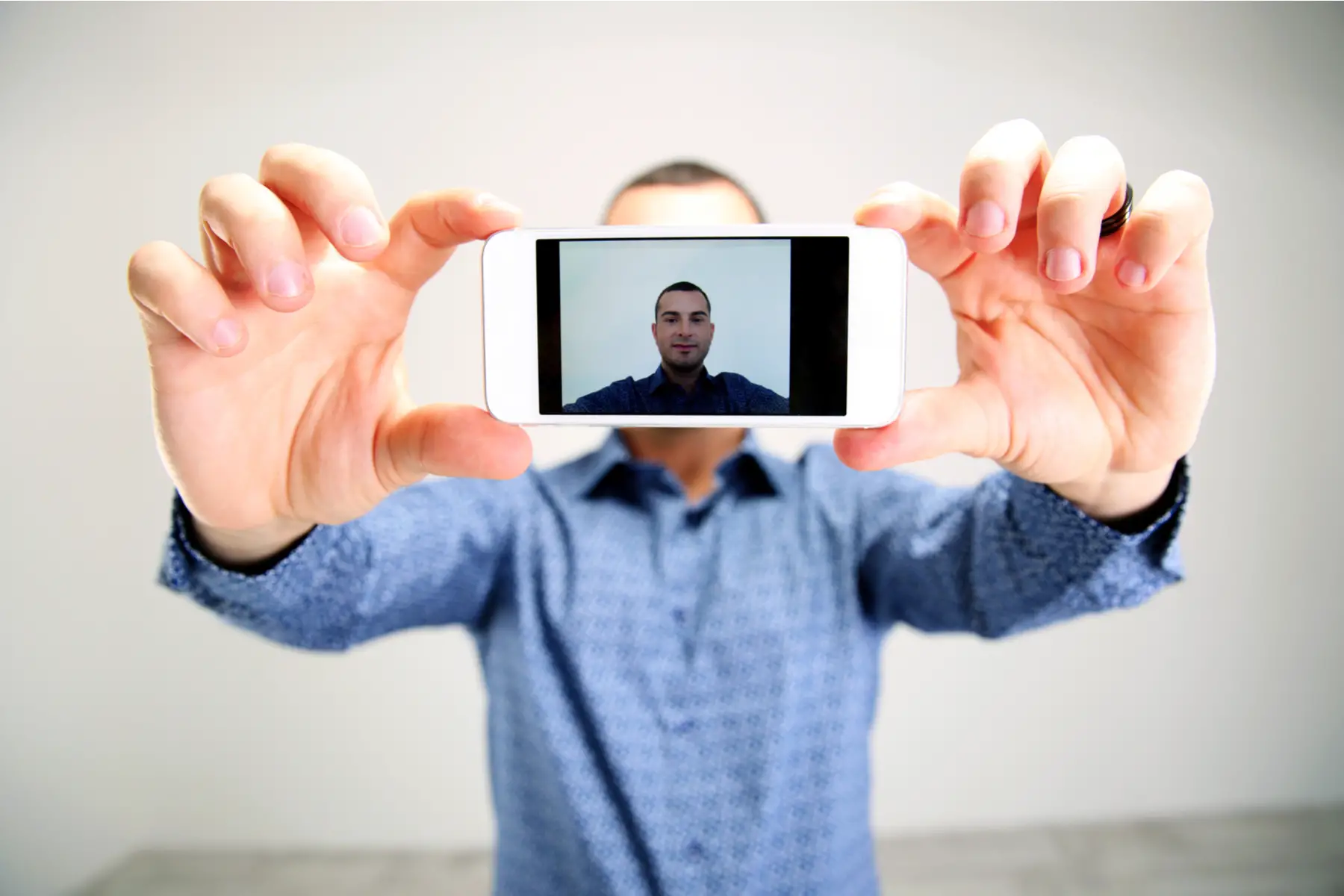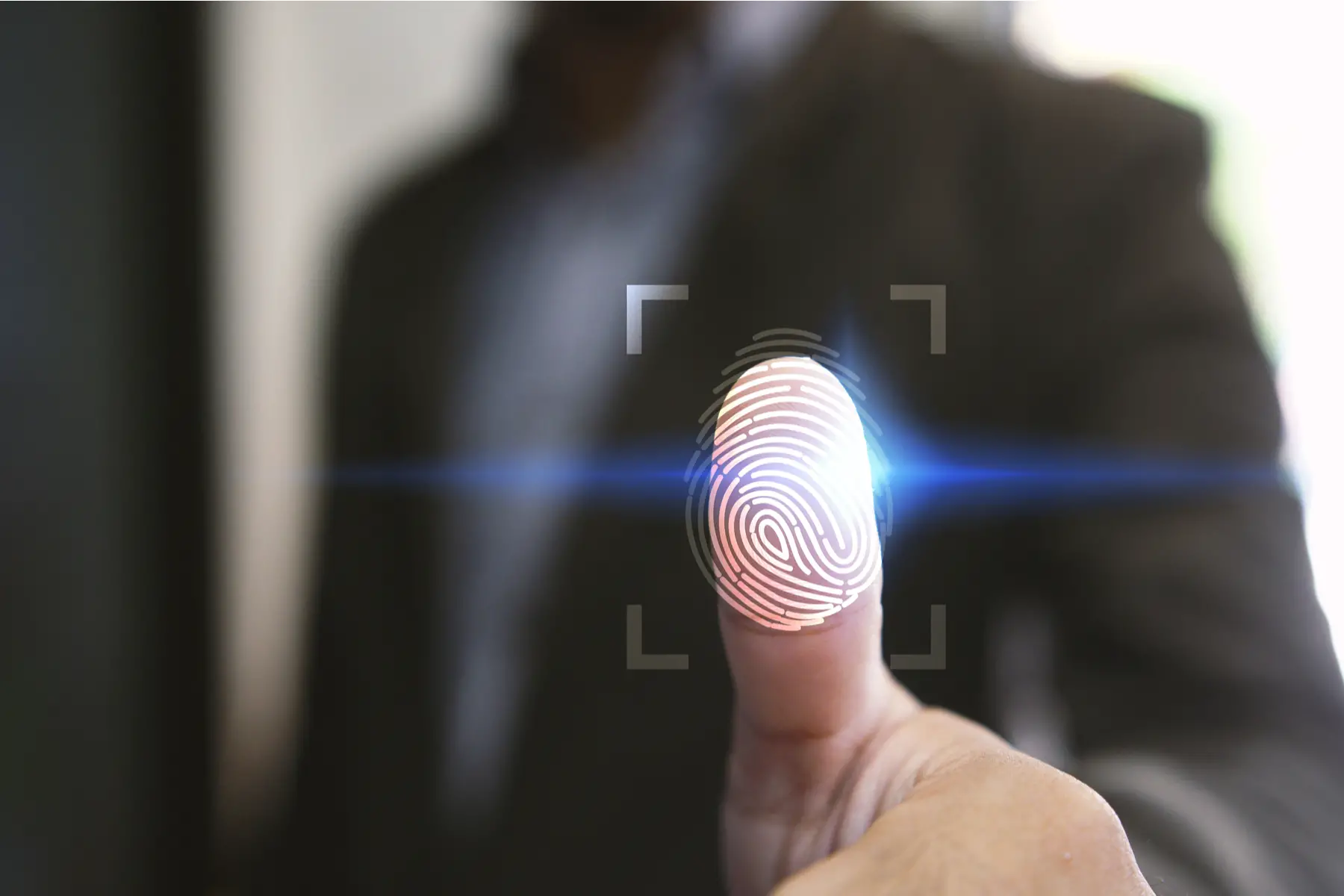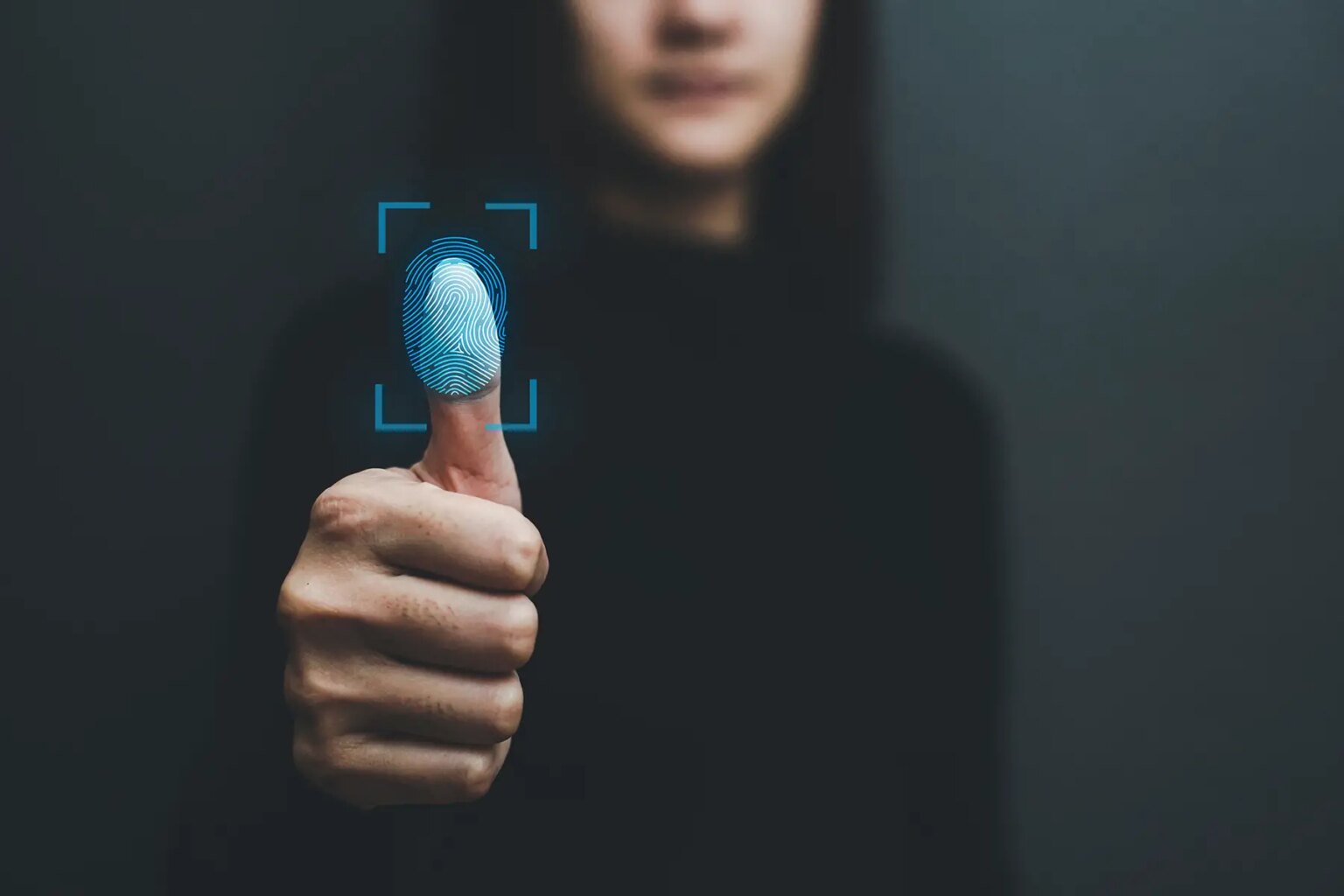In today’s digital age, alternatives to traditional banking have rapidly grown in popularity. People all over the world are adjusting to the convenience that fintech platforms and mobile banking apps offer. Furthermore, customers love the fact that they can manage their own money on their own terms; without visiting a bank branch and dealing with paperwork.
Yet, many people have security-related concerns. Many think that online solutions and mobile apps fail to take proper measures to safeguard their personal and financial data. And in most cases, they’re wrong about this.
Although not all e-money platforms and mobile apps are created equal, most financial institutions use breakthrough technologies and advanced mechanisms to guarantee rock-solid security to consumers. This helpful article explains the measures that financial institutions take to keep your money and personal data safe.
Wise
Does your life go beyond borders? Then you need a fast and secure way to move money internationally. Wise is a global leader in online international money transfers, letting you move money at an exchange rate up to 8x cheaper than your bank. Whatever your personal or business needs, Wise can make your money go further.
Identifying customers with KYC procedures
KYC stands for Know Your Customer. This is a set of processes for identifying and verifying customers in accordance with the EU’s regulatory requirements. But how does it work and why is it important?
Online-only banks and fintech companies providing financial services must confirm the customer identity in advance of opening an account. The identification is made online, usually via a short video chat or by taking a passport photo and a selfie. But no matter how it’s done, the identity check is essential in the fight against fraud and identity theft.

According to Cifas, there were 174,523 incidents of identity theft in 2017 in the UK. With the number of cases soaring each year, video identification chat plays an important role for both fintech companies and consumers. With video chat, you can be sure that even if someone has obtained your ID information, they cannot open an account in your name. This is because they actually have to talk to an operator during the video chat, in real-time.
The extra security of two-factor authentication
Also known as two-step verification, two-factor authentication is a common security measure that consumers use when they log into a digital banking account. And it works quite simply.
When you log in to your account, along with your password you must enter a unique, one-time passcode. This usually arrives by SMS on your mobile phone. This way even if someone has your password, they cannot access your account or make transactions without the passcode. You can only use each passcode once; you will get a new code every time you log in or make a payment. Alternatively, you can use a mobile app, such as Gatekeeper, to generate codes rather than receive them by text.
Biometric identification in digital banking
Many consider biometric identification to be one of the most powerful weapons that fintechs use to prevent fraud in digital banking. It utilizes biological traits such as fingerprint, voice patterns, and eye retina to authorize access and validate transactions.

Compared to passwords, biometric identification is much more user-friendly and secure. This is mainly because passwords are often hard to remember and may cause other security vulnerabilities. While the fingerprint scan is currently the most widespread biometric solution, there will likely be an increase in voice and facial recognition.
Card locking features for digital banking
To add an extra layer of security, fintech companies such as LeoPay (in Europe) allow you to lock your debit card when you’re not planning to use it; or if it has been lost, misplaced, or stolen. This helps you ensure that you get the best protection for your money even if your card is stolen.
Aside from the locking feature, you can also disable certain types of operations. For instance, you can deactivate online transactions with your card while you are abroad. You can also forbid ATM withdrawals if you use the card mostly for online shopping.
Security will probably remain a banking customer’s concern for a long time. Yet, with the technological advancements and security mechanisms that financial institutions adopt, you can rest assured that your data is safe when using digital and mobile banking.
How safe are international money transfer services?
If you’re transferring money internationally, it’s essential to use a reputable provider. Check how they protect your funds, their cybersecurity systems, how they comply with financial crime regulations, and which financial institutions have authorized them. Options include:




